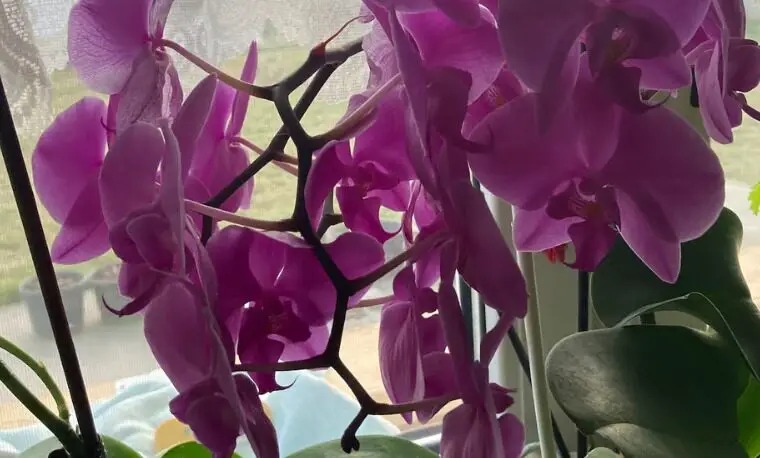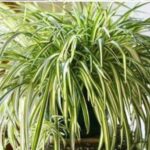Chlorophytum Comosum, commonly called “spider plant”, is a beautiful green plant native to Africa.
It was later cultivated in many areas with tropical climates such as Vietnam, Thailand and others.
It is a plant that grows in small bushes 40 to 50 cm high, with a short underground stem from which a large fleshy tuber develops that can be separated from the stem.
Through the Jaime Forest Garden YouTube channel, in this article you can find out more about its useful properties and how to grow it.
Despite requiring little care, having the ability to survive even in unfavorable light conditions and presenting an attractive appearance, this plant hides much more!
Currently, many indoor plants are also grown for their healing properties, their beneficial impact on the environment and human health. Chlorophytum Comosum is no exception.
Its positive impact on health is practically unsurpassed.
It is able to clean any room from toluene, xylene, formaldehyde, benzene and carbon monoxide.
This indoor plant can also be grown outside and can even withstand temperatures as low as -2 °C.
If you grow it indoors, as most people do, it is important to choose the right place. It does not like direct exposure to sunlight, since at higher temperatures the ends of the leaves can begin to wither and yellow.
To ensure good growth, avoid over-watering as this may cause the roots to rot. The soil should be nutrient-rich, with good drainage and have a pH between 6 and 7.5.
You can fertilize it with natural fertilizer derived from ash, rice husk, egg peels and banana peels, and coconut fiber is also useful.
If you want to propagate it from a mother plant, it’s quite simple. Remove the plant from the pot, clean it from the substrate and divide it into tufts.
Completely remove all roots and leave only the tubers. Take a glass, fill it with water at room temperature and insert the prepared tufts.
After about 11 days, you will be able to observe new roots. This plant can be grown in a pot or even in water in a glass vase, thus creating a beautiful decoration. However, the rooted tufts can also be transplanted into pots.
As you can see, cultivation is really simple and you only need to pay attention to a few points. This plant will make your home environment more pleasant, welcoming and will also clean it.
If you notice that the plant is languishing and the leaf tips are brown and dry, it may be attacked by mites. You can fix the problem by spraying a diluted neem oil solution once a week until they disappear.
Do you want to know how to prepare neem oil solution for spraying? You will need a completely clean, empty sprayer, filled with 1-2 teaspoons of neem oil, 1 gallon of clean water, and 1 teaspoon of light dish soap.
Mix the water and soap well in the sprayer. The water should not be too cold or too hot, so choose room temperature. If you are applying the spray preemptively, add 1 teaspoon of neem oil and mix well. If you are preparing it to eliminate parasites, add 2 teaspoons of neem oil and mix well. Apply the solution to the tops and bottoms of the leaves as needed.
As for its application, spray preventively every two weeks, while to eliminate parasites, spray every 7 days.
Apply the treatment in the morning or evening and, after application, avoid direct sun exposure on the plant.


